Dear colleagues and partners,
As we enter 2020, I would like to express our appreciation for your continuing support over the past year, and, more broadly, the past decade. The implementation of our work at WHO would not have been possible without your partnership and collaboration. It has been a decade of major scientific breakthroughs, new political and financial commitments and remarkable country achievements - saving and transforming millions of lives across the world.
While celebrating our many successes, we have encountered many challenges – we still aren’t on track to achieve the 2020 and 2030 global elimination targets for HIV, viral hepatitis and sexually transmitted infections (STIs). There continue to be considerable inequities in access to health services across communities, countries and regions; the quality of services in many communities do not meet the standards necessary to maximize impact; and the weakness of broader health systems and unpredictability of funds put into question the long-term sustainability of many programmes.
As we look ahead, the next decade is the countdown to achieving the disease elimination targets as outlined in the 2030 Agenda for Sustainable Development and the Global Health Sector Strategies on HIV, Viral Hepatitis and STIs. These include eliminating AIDS, viral hepatitis and STIs as public health threats and achieving universal health coverage by 2030.
Let us look together at 10 of the most memorable moments we witnessed in 2010–2019. We thank everyone who contributed to these achievements. We hope that these examples will bring renewed energy, inspiration and commitment for all of us for the New Year and the next decade.
Warm regards,
Dr Andrew Ball
Director a.i. Department of HIV, Hepatitis, STIs
World Health Organization
1 WHO focuses HIV efforts on key populations
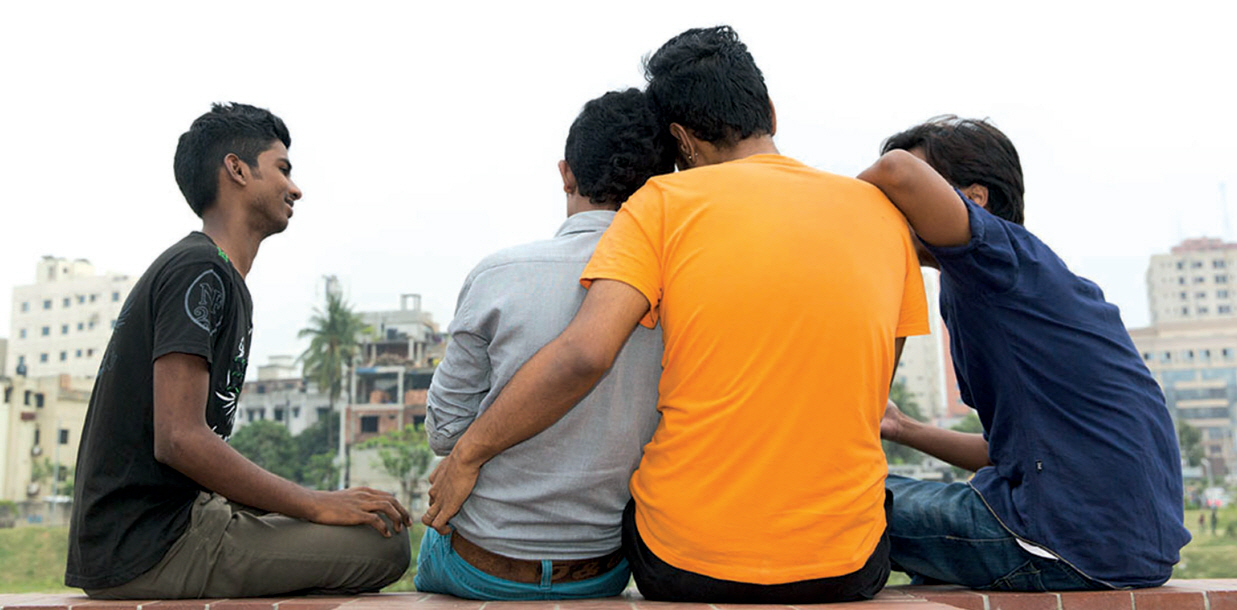
At the beginning of the decade, in 2011–2012, WHO brought renewed focus to the challenges of HIV epidemics among key population groups, including men who have sex with men, people in prisons, people who inject drugs, sex workers and transgender people. Evidence was reviewed and communities were consulted in preparation for the launch of new consolidated guidelines on HIV prevention, testing and treatment for key populations in 2014, which were updated in 2016. In 2018, key populations and their partners accounted for 52% of new HIV infections globally, and 75% outside Africa. In some regions, HIV epidemics continued to disproportionately affect other vulnerable populations, notably adolescent girls and young women in southern Africa. Key populations continue to be left behind. If we do not deliver high quality and high impact services to key populations and address the legal and other structural barriers that contribute to their marginalization, including criminalization, we will never see the end of AIDS.
2 WHO promotes rapid scale-up of curative treatment for millions of people with hepatitis C infection

A major public health breakthrough took place in 2013 with the release of new, safe and simple curative treatment for chronic hepatitis C infection. A 2-3-month course of direct-acting antiviral drugs could result in cure rates of over 95%. However, the initial cost of such treatment made it a distant dream for the vast majority of the 71 million people in need. From 2014, WHO intensified its commitment to and work on viral hepatitis through the Global Hepatitis Programme, which joined the Department of HIV. By the end of 2019, WHO had launched a comprehensive set of hepatitis prevention, testing, treatment, care, costing and strategic information guidelines and tools to inform country-level hepatitis responses. Since the very first WHO hepatitis C guidelines were released in 2014, the price of hepatitis C curative treatment has been reduced from about US$ 100 000 to US$ 1 000 in a wide range of countries, or even to less than US $50 per cure in some of the most heavily burdened low- and middle-income countries. The WHO-mandated World Hepatitis Day campaigns commemorated every year on July 28 have been instrumental in raising awareness and action on this front.
3 Millennium Development Goal on HIV achieved

2015 was the target date for achieving the Millennium Development Goals (MDGs). The targets for MDG 6, to “combat HIV/AIDS”, that once seemed unattainable became a reality. By the end of 2015, 17 million people were receiving HIV treatment, compared to just 685 000 in 2000 – confirming that the MDG target to put 15 million people on HIV treatment by 2015 was successfully achieved. Achieving this goal was made possible through relentless activism and engagement with affected communities, broad partnership and mobilization of countries, unprecedented financial support from global donors and development partners, and tireless efforts of thousands of trained and lay health workers on the frontlines. As of mid-2019, 24.5 of the 37.9 million people living with HIV (or 62%) were able to benefit from life-saving antiretroviral therapy.
4 Countries achieve elimination of mother-to-child transmission
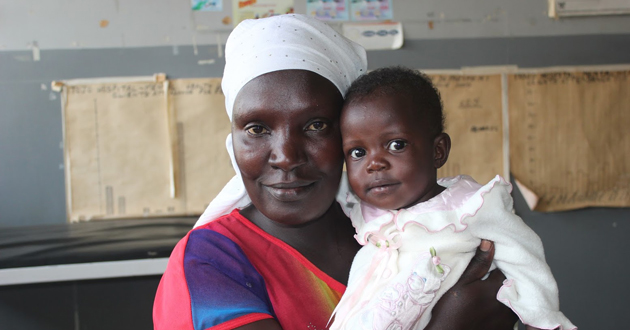
In 2015, WHO launched a process for validating the elimination of mother-to-child transmission (MTCT) of HIV and syphilis in countries. Cuba, a trailblazer on this issue, was declared the first country to achieve the elimination criteria. At the end of 2019, 13 countries and territories have been validated by WHO – Anguilla, Antigua and Barbuda, Armenia, Belarus, Bermuda, Cayman Islands, Malaysia, the Maldives, Montserrat, the Republic of Moldova, Saint Kitts and Nevis, Sri Lanka, and Thailand – most for eliminating both HIV and syphilis. There are more countries now working to achieve elimination of MTCT of dual or even triple epidemics, combined with hepatitis B virus infection. In 2018, WHO Director-General Dr Tedros Adhanom Ghebreyesus included elimination of cervical cancer, a preventable cancer caused by the STI human papilloma virus (HPV) , as a priority in WHO’s programme of work.
5 WHO convenes first World Hepatitis Summit
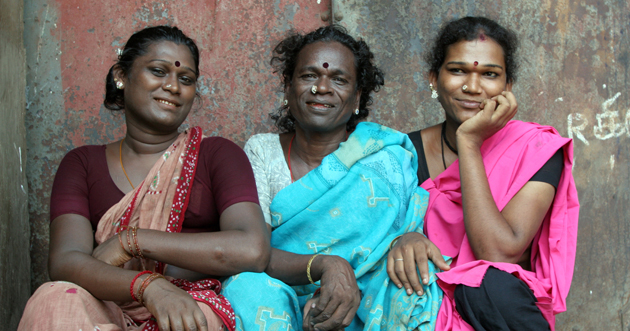
The global burden of viral hepatitis can be overcome only when the world is united in action. To draw the world’s attention to the struggle of 325 million people living with hepatitis, WHO co-organized the first World Hepatitis Summit in partnership with the Scottish Government and the World Hepatitis Alliance in Glasgow, Scotland in September 2015. This event was followed by the 2nd summit, held in partnership with the Government of Brazil and the World Hepatitis Alliance, in November 2017. These events were instrumental in garnering global support for hepatitis elimination, with high-level policy and political leaders from more than 100 countries participating in the summits.
6 WHO declares HIV treatment as being effective for HIV prevention
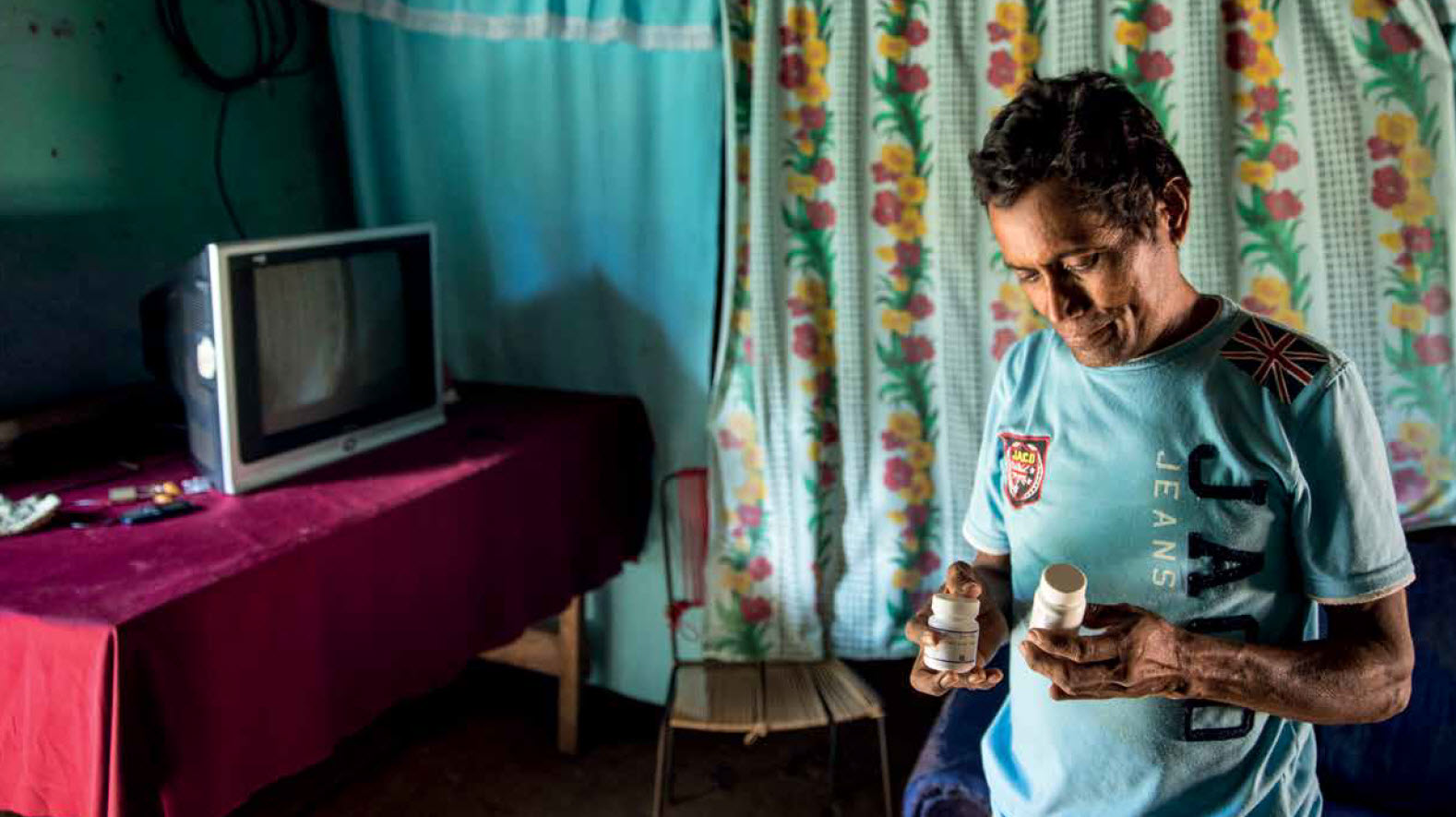
Following scientific evidence presented in 2011, WHO announced that HIV treatment also prevents transmission of HIV in discordant couples, where one partner has HIV and the other has not. When an individual with HIV is receiving effective antiretroviral therapy, the risk of HIV transmission is reduced by as much as 96%. In 2015, WHO released full guidance that removed all previous restrictions on HIV treatment eligibility, to recommend treatment for all people living with HIV. This step further contributes to reducing stigma and discrimination within communities, and empowering people living with HIV to achieve improved health and well-being. By the end of 2019, 95% of all low- and middle-income countries had adopted WHO’s policy to treat all people living with HIV.
7 Global leaders agree to end HIV, hepatitis and STIs by 2030
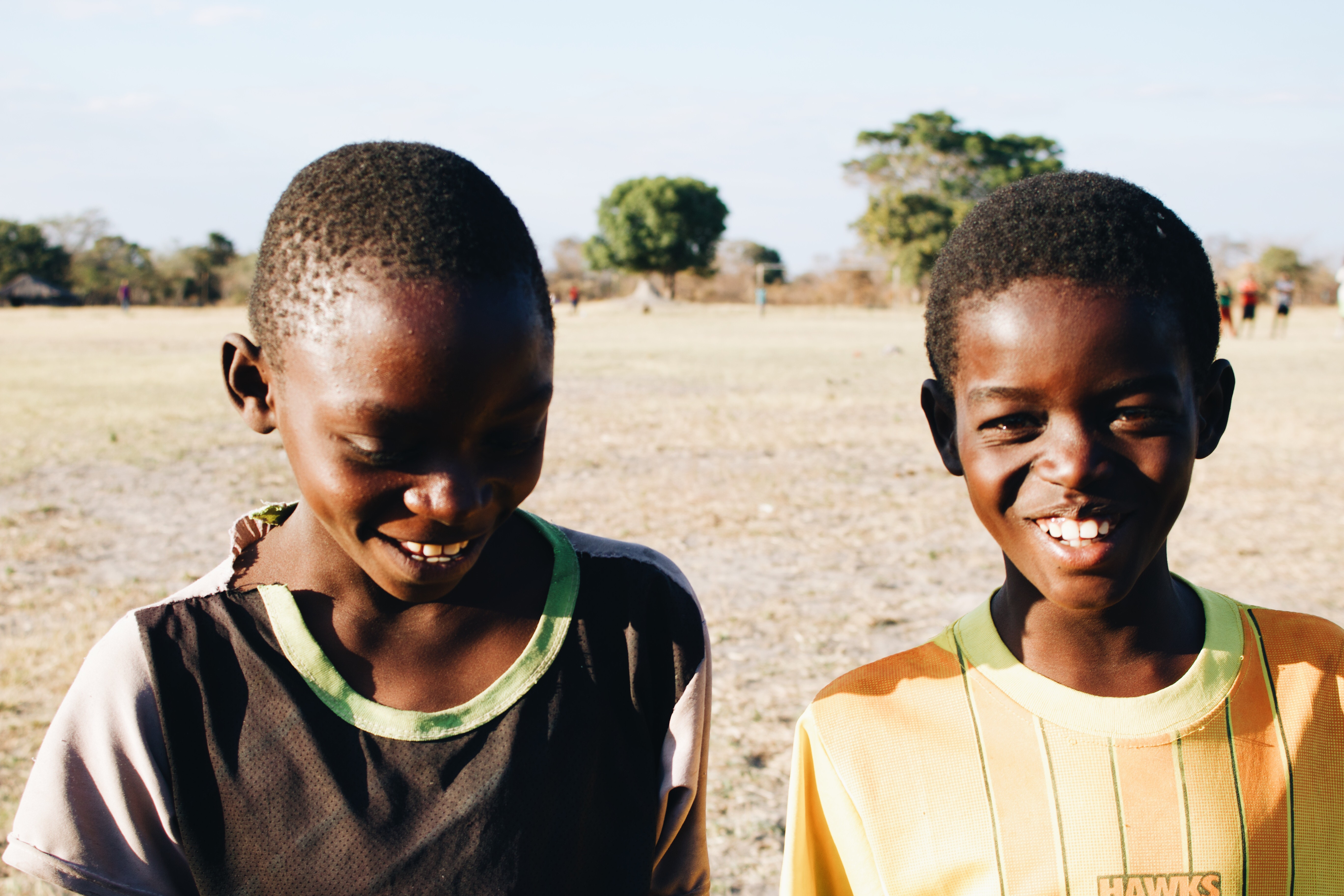
At the Sixty-Ninth World Health Assembly in May 2016, WHO’s 194 Member States endorsed 3 new global health sector strategies to cover HIV, viral hepatitis and STIs. The strategies echoed the core health targets for the disease areas included in the Sustainable Development Goals for 2030. The strategies spanned the period from 2016 to 2021, and aimed to garner political commitment and provide a clear framework for country action and a set of priority actions for countries and WHO to implement in order to achieve elimination of these three communicable diseases as public health threats. All strategies have the umbrella vision for universal health coverage, which has been set as the overarching framework for WHO’s work.
8 WHO pushes for innovations towards achieving elimination targets
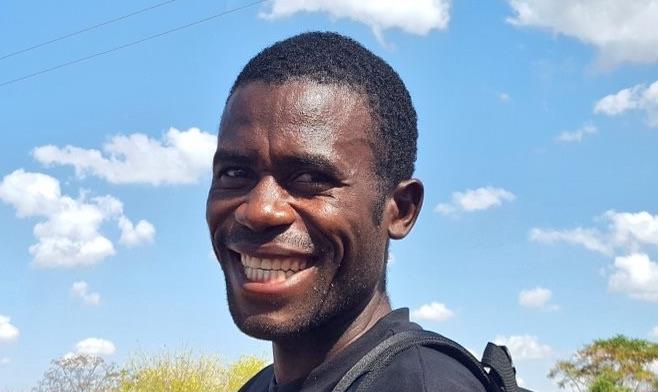
WHO placed innovation as a major pillar in its strategies to achieve elimination of HIV, hepatitis and STIs by 2030. In 2012, WHO issued guidance recommending pre-exposure prophylaxis as a powerful prevention measure for people not infected with HIV. In 2016, HIV self-testing guidance was released to expand the reach of HIV testing services and empower communities to know their HIV status. Since 2017, WHO has been promoting the multi-disease elimination approaches, including integrated and differentiated service delivery, integrated diagnostics and strategic information systems and people-centred approaches. By 2019, WHO efforts to scale up male circumcision reached 23 million men in the eastern and southern African region, with the intention of not only reducing HIV risk, but providing more comprehensive health services to adolescent boys and young men. WHO will be promoting further research and innovation, including in such areas as optimizing medicines and diagnostics (particularly for infants and children), improved service delivery, curative treatment for chronic hepatitis B infection and effective vaccines for hepatitis C and HIV.
9 Investing an extra US$ 6 billion globally can lead to hepatitis elimination

WHO released the first-ever global price tag for hepatitis elimination on World Hepatitis Day 2019, themed “Invest in eliminating hepatitis”. WHO’s study aims to provide the necessary costing estimates to develop policies and mobilize financial and political commitments to achieve elimination in countries. The estimates suggest that investing an additional US$ 6 billion into hepatitis services, as part of the overall investments for universal health coverage, will ensure the elimination target is attained by 2030. Hepatitis B and C affect 325 million people worldwide, cause 1.4 million deaths a year. Hepatitis is preventable, treatable and, in the case of hepatitis C, curable. However, over 80% of people living with hepatitis are still lacking prevention, testing and treatment services.
10 We need vigilance to prevent drug-resistant epidemics
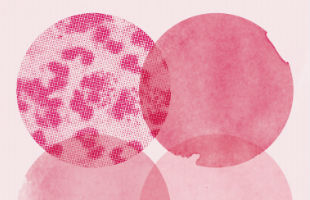
Over the past decade we saw some alarming signs of increasing drug resistance to treatments for HIV, tuberculosis and gonorrhoea. WHO has developed early warning indicators for HIV drug resistance, issuing reports in 2012 and 2017. The latest data from 2017 showed that half of the surveyed countries experienced HIV drug resistance levels above the WHO-recommended threshold. Also in 2017, WHO raised the alarm on the increase in drug-resistant or untreatable gonorrhoea in a large number of countries, and advised intensified prevention efforts. These measures will be central in the global efforts for disease elimination in 2020–2030.
